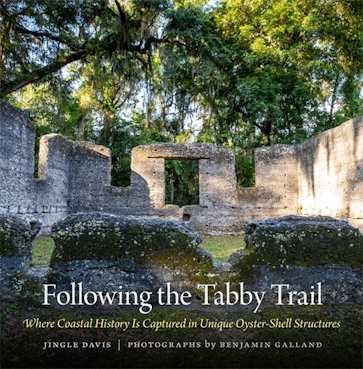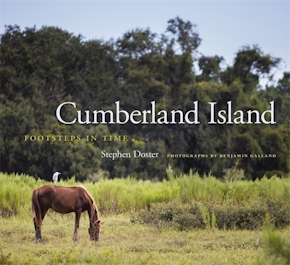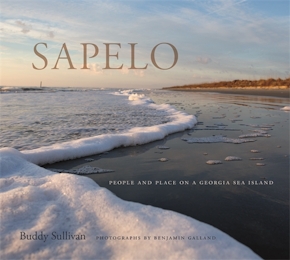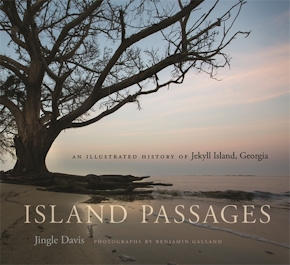Following the Tabby Trail
Where Coastal History Is Captured in Unique Oyster-Shell Structures
Title Details
Pages: 352
Illustrations: 225 color and b&w images
Trim size: 8.000in x 8.000in
Formats
Hardcover
Pub Date: 06/01/2022
ISBN: 9-780-8203-5749-2
List Price: $38.95
Subsidies and Partnerships
Published with the generous support of Wormsloe Foundation
Related Subjects
TRAVEL / United States / South / South Atlantic (DC, DE, FL, GA, MD, NC, SC, VA, WV)
Following the Tabby Trail
Where Coastal History Is Captured in Unique Oyster-Shell Structures
A historical guide to some of the southern coast’s most enduring architectural sites
Skip to
- Description
- Reviews
- Awards
Following the Tabby Trail provides a guided tour of some of the most significant tabby structures found along the southeastern coast and includes more than two hundred illustrations that highlight the human and architectural histories of forty-eight specific sites. Jingle Davis explains how tabby—a unique oyster-shell concrete—helps us to understand the complex past of the coast. A tabby structure is, as the author puts it, “a storehouse of history.” Each of the site descriptions includes the intriguing profile of a historic figure associated in some way with the tabby.
Though the first documented use of tabby in North America was in 1672 in what is now St. Augustine, Florida, Spanish colonists had used many of its constituent parts a century earlier. In addition to their Spanish-speaking competitors, colonizers from France and the British Isles also enthusiastically adopted the building material for their colonial missions. This meant, of course, that enslaved Africans and Indigenous peoples built with the material. Tabby remained a fashionable, effective, and enduring building material until shortly after the Civil War.
This richly photographed work provides readers with a guide to the underexplored string of tabby structures still standing along the stretch of coast between Florida and South Carolina, an approximately 275-mile trail traced by the book from just south of St. Augustine north to the dead town of Dorchester near Summerville. Sites include such varied structures as ancient Late Archaic shell mounds called middens and rings of shells thousands of years old; Fort Matanzas, built in 1742 but named for a sixteenth-century massacre of French colonists by St. Augustine’s Spanish founder Pedro Menéndez de Avilés; Fort Mose, a significant feature of Florida’s Black Heritage Trail; and homes of the enslaved, warehouses, Charleston’s seawall, churches, and cemeteries.
—Paul M. Pressly, coeditor of Coastal Nature, Coastal Culture: Environmental Histories of the Georgia Coast
—Stephen Doster, author Cumberland Island: Footsteps in Time (Georgia)
Winner
Guide Book, Southeast Chapter of the Society of Architectural Historians



